
Earth
17:40, 04-Jun-2019
Dried-up lake fills with water after half a century in north China
Updated
19:57, 04-Jun-2019
By Hu Chao, Liu Yu
02:26
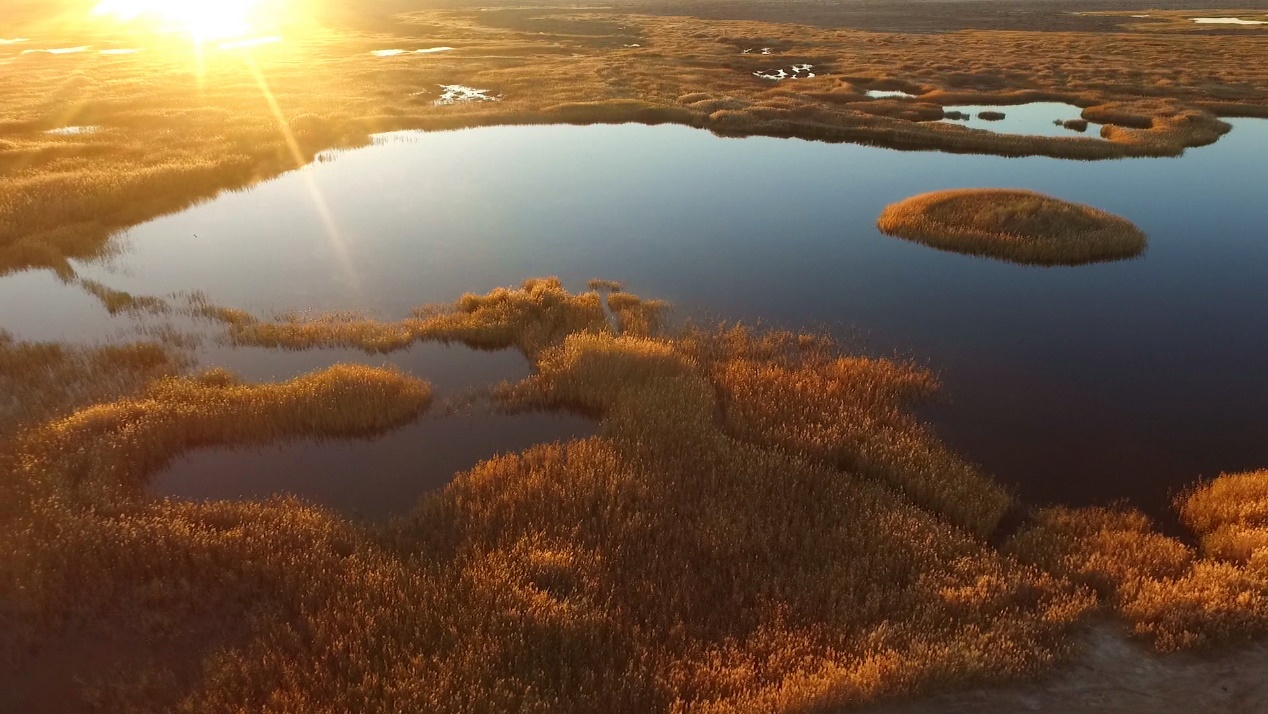
Minqin County in northwestern China's Gansu Province is one of the world's driest regions. The county’s once beautiful lake, Qingtu Lake, dates back over a thousand years but dried up in 1959 due to desertification.
Zhang Shangcun, 76, has lived near Qingtu Lake all his life. He remembers life before and after the lake dried up.
"When I was a child, the water was much deeper and the reeds looked lusher than now. But the water ran out gradually and our lives became difficult, with less water to drink and no crops growing," said Zhang.
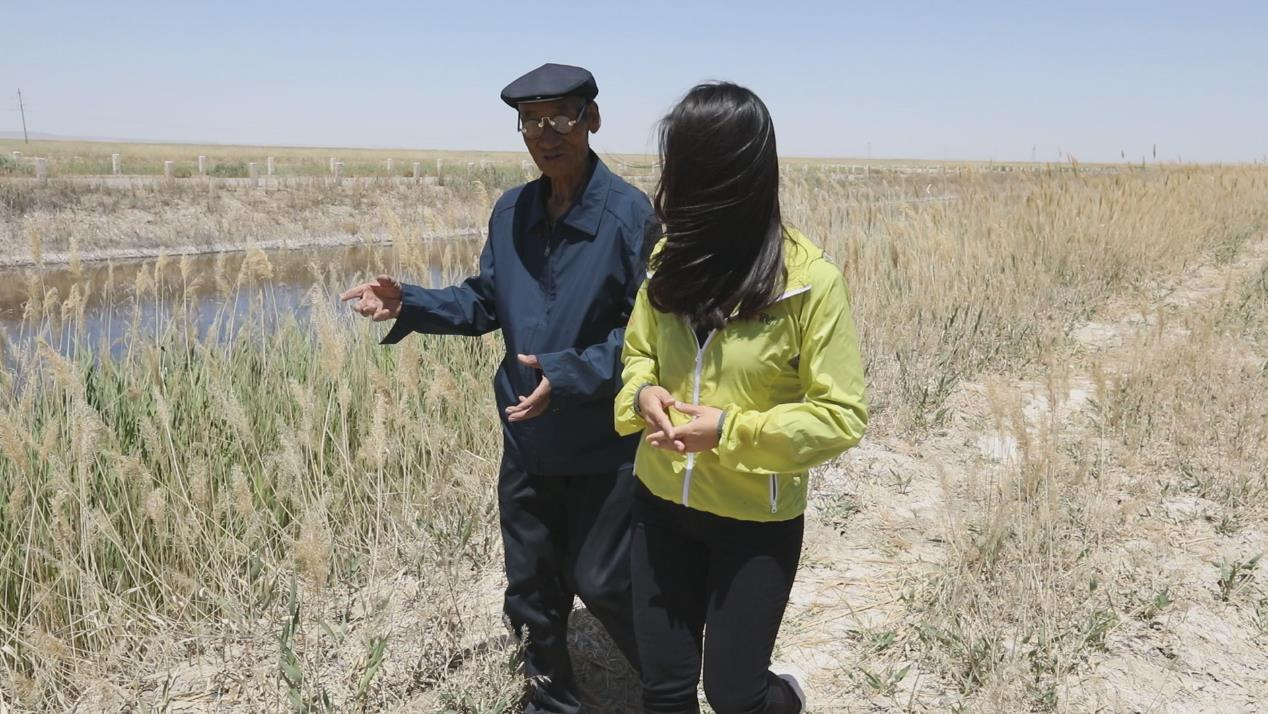
Zhang Shangcun is among the few people of his generation who didn't leave their homes due to the inhospitable environment and chose to stay. /CGTN Photo
Zhang Shangcun is among the few people of his generation who didn't leave their homes due to the inhospitable environment and chose to stay. /CGTN Photo
Qingtu Lake lies at the end of the Shiyang River, which is the mother of local life. To the east of the lake is the Tengger Desert and the Badain Jara Desert lies to the northwest.
The lake used to be the largest in the county. But excessive water exploitation along the Shiyang River caused environmental deterioration. Thus Qingtu Lake dried up in the 1950s, connecting the two deserts to create a desert line as long as 13 kilometers. The whole county was engulfed by desert since as more green lands were disappearing.
Starting in 2007, a series of measures were adopted to make changes.
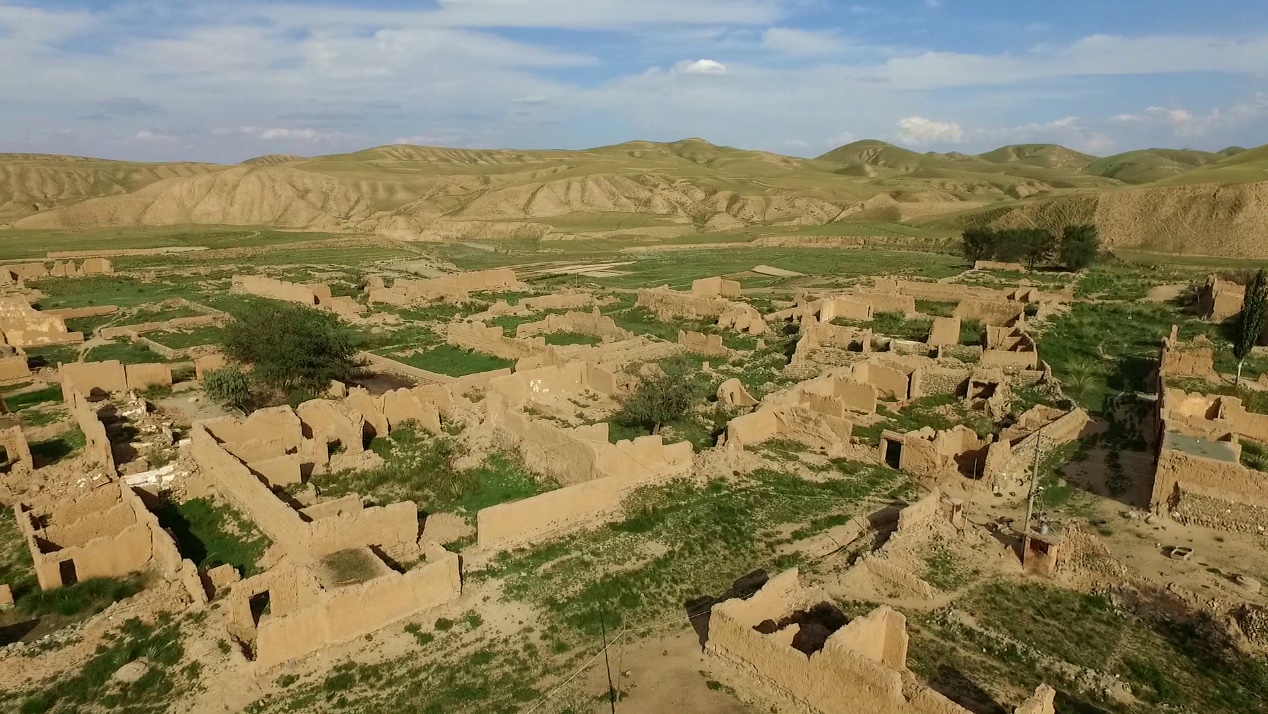
The houses local villagers used to live before relocation /CGTN Photo
The houses local villagers used to live before relocation /CGTN Photo
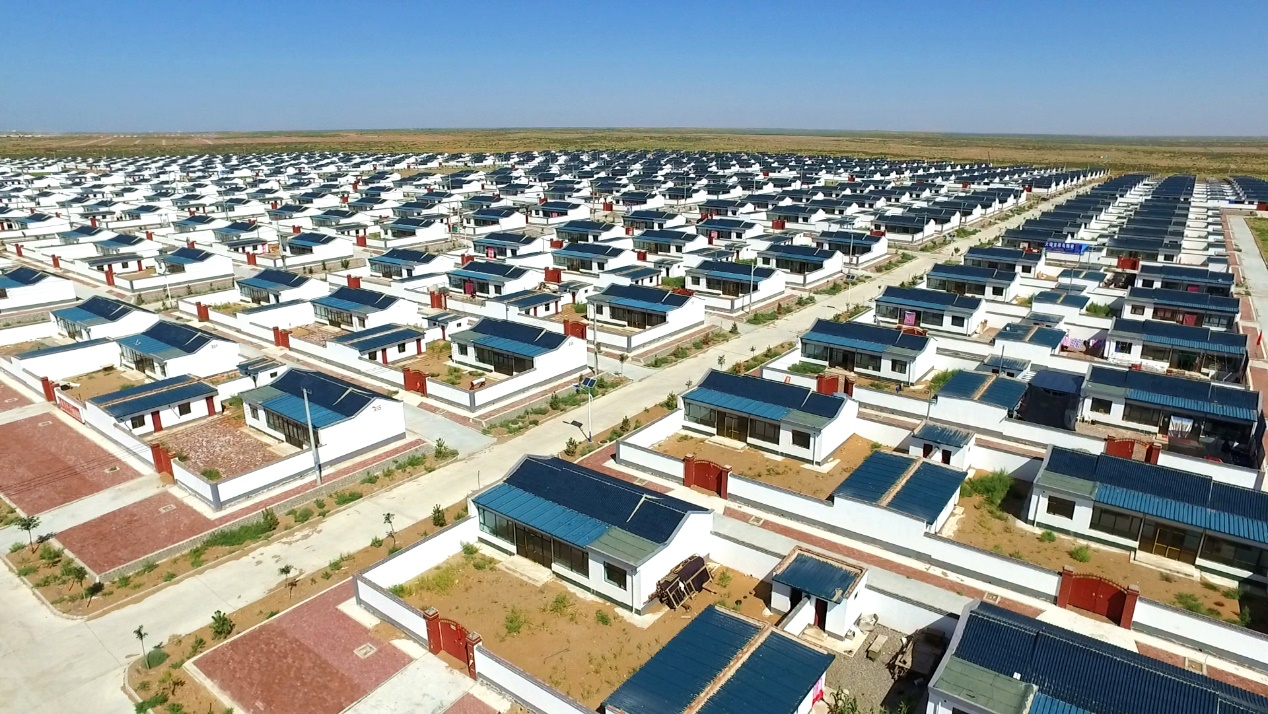
The new residential area where local villagers live now /CGTN Photo
The new residential area where local villagers live now /CGTN Photo
In 2010, the Hong Ya Shan reservoir discharged nearly 13 million cubic meters of water into Qingtu Lake for the first time ever. Then, a 3 square kilometer water area formed after the lake was dried-up for half a century, which now it has developed into a wetland over 100 square kilometers large.
Also, more than 3,500 pumping wells have been closed and 1,300 square kilometers of farmland have adopted water-saving irrigation. The volume of underground water exploitation has been reduced by 40 percent.
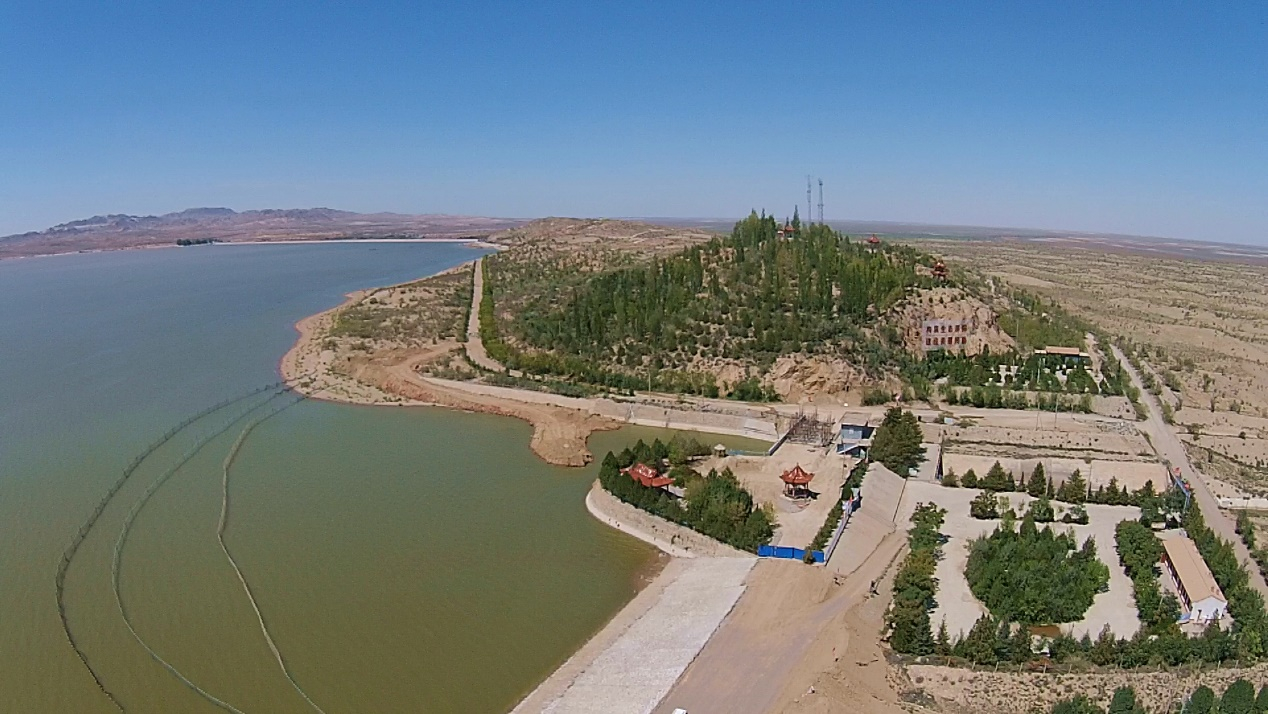
The Hongyashan Reservoir is Asia's largest reservoir surrounded by desert. /CGTN Photo
The Hongyashan Reservoir is Asia's largest reservoir surrounded by desert. /CGTN Photo
Li Guoqing, head of the Wuwei Municipal Water Affairs Bureau, told CGTN, "We have launched water-saving actions in both urban and rural areas. The municipal government has implemented a water quota system for agriculture and various industries. A ladder-like water pricing system has also been promoted in residential areas."
In fact, Minqin County is one of the major sources of sand storms in China, but as Qingtu Lake reemerged, it has slowed environmental deterioration.
Zhang feels happy to see a fuller lake, "Now as the lake resumes water, we can farm again and life has turned to the better. Without water, the Tengger Desert would surround us. Now, the lake has shrunk the desert."
(Cover: Aerial views of Shiyang Lake. /CGTN Photo)
(If you want to contribute and have specific expertise, please contact us at nature@cgtn.com)
Qingtu Lake

SITEMAP
Copyright © 2018 CGTN. Beijing ICP prepared NO.16065310-3
Copyright © 2018 CGTN. Beijing ICP prepared NO.16065310-3